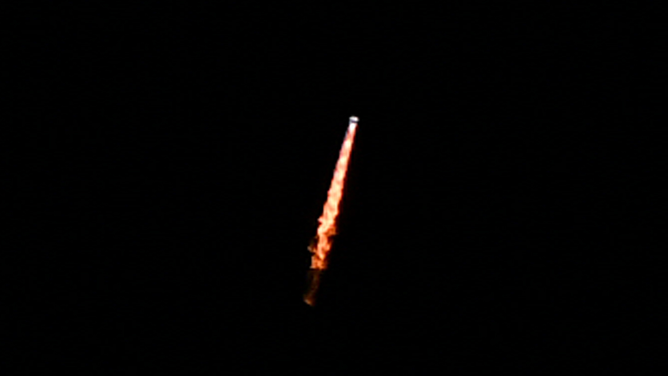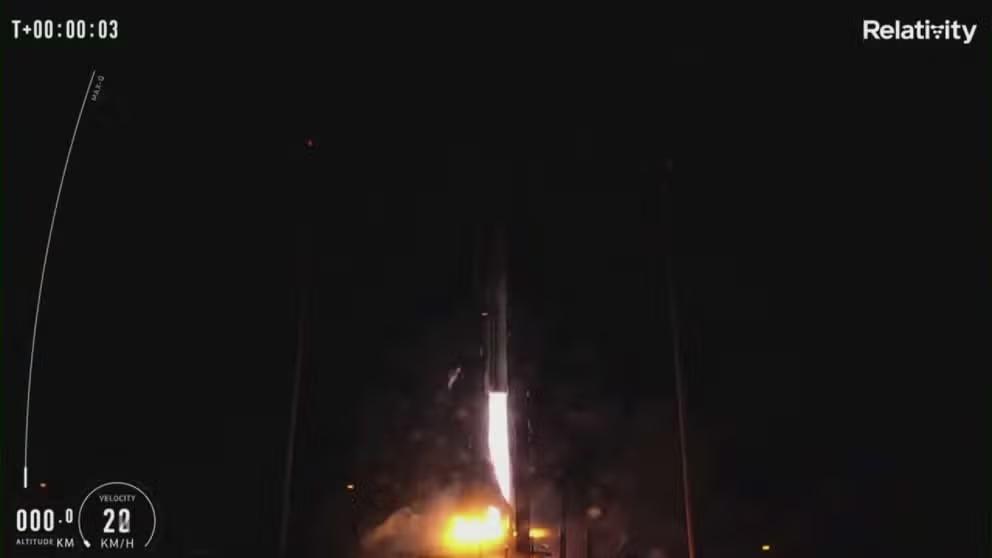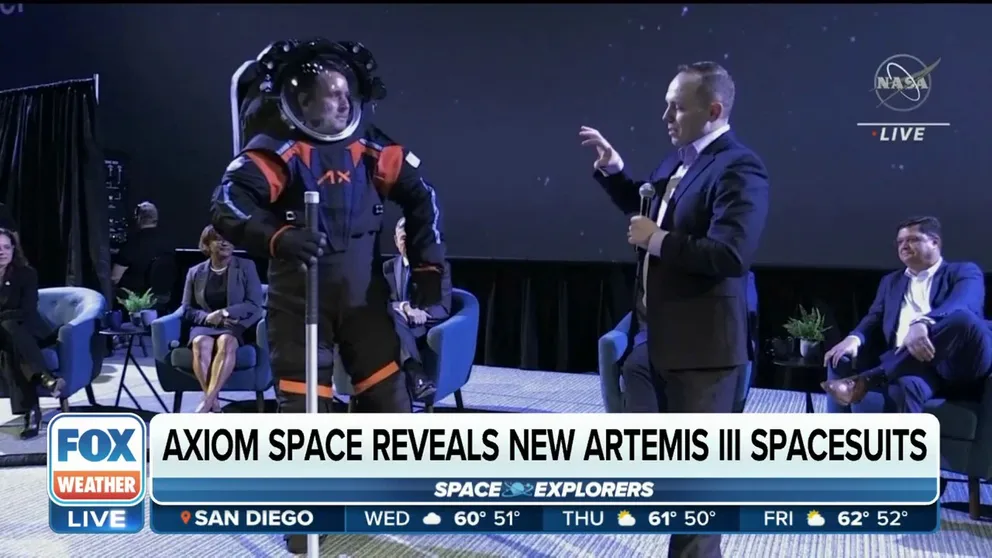Watch: World's first 3D-printed rocket fails to make orbit after Florida launch
The one-of-a-kind rocket – known as Good Luck, Have Fun Terran 1 – was supposed to launch on March 11, but due to wind and other circumstances, the launch was ultimately scrubbed.
Watch: World's first 3D-printed rocket fails to reach orbit
After two scrubbed attempts, Relativity Space successfully launched the world's first 3D-printed rocket from Launch Complex 16 at Cape Canaveral, Florida, but the rocket failed to make orbit following an "anomaly" with Terran's second stage.
CAPE CANAVERAL, Fla. – The third time was the charm! Well, sort of.
After two scrubbed attempts, Relativity Space successfully launched the world's first 3D-printed rocket from Launch Complex 16 at Cape Canaveral, Florida. However, FOX 35 Orlando reports the rocket failed to make orbit following an "anomaly" with Terran's second stage.

CAPE CANAVERAL, FLORIDA, UNITED STATES - MARCH 22: Relativity Space Terran 1 rocket successfully launches from pad 16 at Cape Canaveral Space Force Station on March 22, 2023 in Cape Canaveral, Florida, United States. The Terran 1 rocket, which was launched from Cape Canaveral, suffered a failure shortly after lifting off. This was the third attempt to launch the worlds first 3D-printed rocket.
(Paul Hennessy/Anadolu Agency / Getty Images)
The nighttime launch did provide a slightly different flame trailing behind the methane rocket compared to the ones Floridians are familiar with seeing behind NASA or SpaceX rockets.
The one-of-a-kind rocket – known as Good Luck, Have Fun Terran 1 – was supposed to launch on March 11, but due to wind and other circumstances, the launch was ultimately scrubbed.
The first launch attempt was on March 15, but during the countdown, officials reported problems with oxygen temperatures in the rocket’s second stage.
WATCH OUT FOR THESE ASTRONOMICAL EVENTS IN 2023
Rarely seen prelude to supernova captured by James Webb Space Telescope
The luminous, hot star Wolf-Rayet 124 (WR 124) is prominent at the center of the James Webb Space Telescope’s composite image combining near-infrared and mid-infrared wavelengths of light from Webb’s Near-Infrared Camera and Mid-Infrared Instrument.
"Delays are always expected, and we got to remember safety is paramount," Dr. Ken Kremer told FOX 35. "This must succeed. It is much better to keep the rocket on the ground than to launch it and have it blow up or go off course."
The launch is the first orbital attempt for Terran 1. Even though it wasn't a complete success, it’s still a big deal in the aerospace world because it is taking a simplified and reusable approach to rocket launches. Relativity Space spokespersons said a setback like this is to be expected with a maiden launch.
FIRST COLOR IMAGES FROM NASA'S JAMES WEBB SPACE TELESCOPE REVEAL BRILLIANT NEBULA, GALAXY CLUSTERS
Axiom Space reveals new Artemis III spacesuits
NASA and Axiom Space revealed their new modern spacesuits Wednesday morning. Fox News correspondent Phil Keating has the latest with an exclusive look.
A rocket normally takes two years or more to build, but this 3D-printed one can be completed in two months. Standing at 110 feet tall and 7.5 feet wide, the Terran 1 is the largest 3D-printed object to exist and attempt orbital flight, officials have said.
About 85% of it is 3D-printed and uses liquid oxygen and liquid natural gas, which scientists say is not only best for rocket propulsion but also for reusability. Looking ahead, it would be the easiest to eventually transition to methane found on Mars.
7 TIPS ON HOW TO SHOOT THE MOON WITH A CAMERA
Compared to a traditional rocket with more than 100,000 parts, this 3D-printed rocket has less than 1,000 parts. There is no payload on board this rocket right now.
The rocket's launch will be a learning experience as Relativity's engineers try to determine what went wrong. Still, history has once again been made on Florida's Space Coast.


